Tasting notes are useful tools to give you a hint of what you should expect before you try a wine. Let’s look at some examples of wine tasting notes and how to read them.
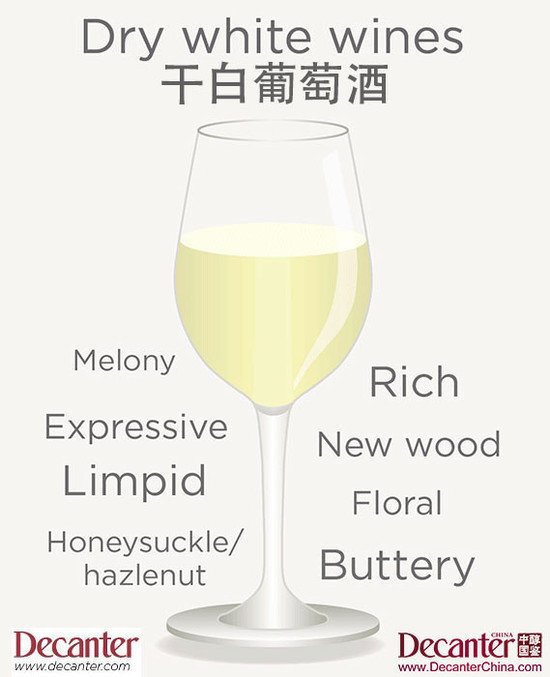
Dry white wine from Meursault, Burgundy
•limpid - literally transparent, like clear water, while retaining its colour
•rich - showing ripeness and viscosity, usually from the legs or "tears" that form on the sides of the glass than from depth of colour
•new wood - the vanilla-vanillin aroma of new oak, whether French or American
•melony -signifies ripe, slightly exotic fruit, usually referring to Chardonnay. More exotic fruits could be pineapple, guava
•expressive - expressive of either its grape variety, terroir or both. Stylish + expressive would be a finely turned out wine with character
•floral - usually on the nose, but on the palate means the blend of florality and flavour
•honeysuckle/hazelnut - typical expressions of a the Chardonnay grown in Meursault, rounded and attractive
•buttery - the impression of ripeness with a certain fleshiness, often the result of barrel fermentation or barrel ageing
All rights reserved by Future plc. No part of this publication may be reproduced, distributed or transmitted in any form or by any means without the prior written permission of Decanter.
Only Official Media Partners (see About us) of DecanterChina.com may republish part of the content from the site without prior permission under strict Terms & Conditions. Contact china@decanter.com to learn about how to become an Official Media Partner of DecanterChina.com.


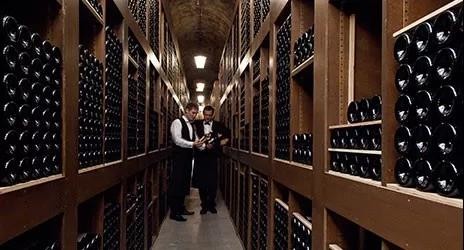


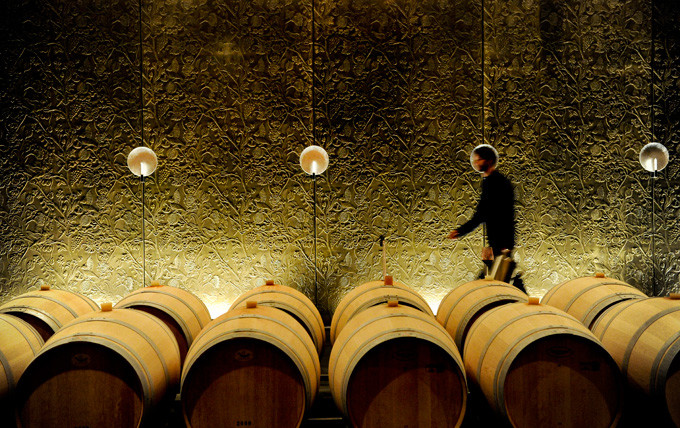
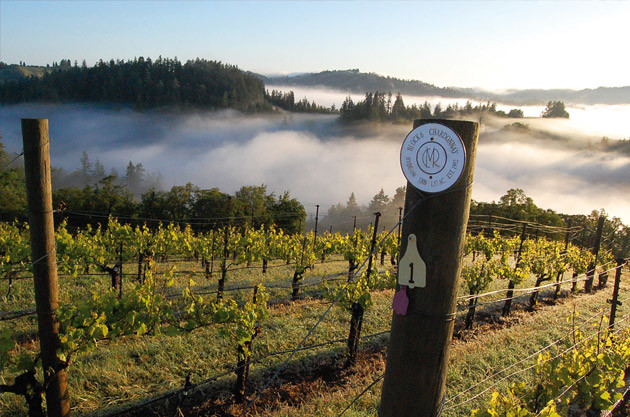

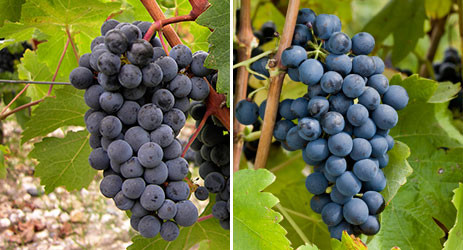
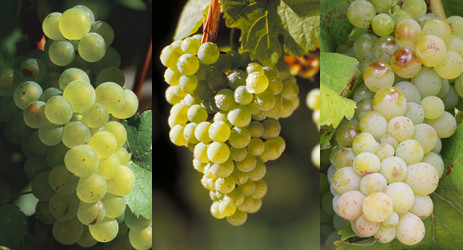
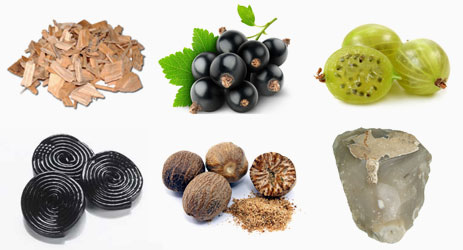
Comments
Submit